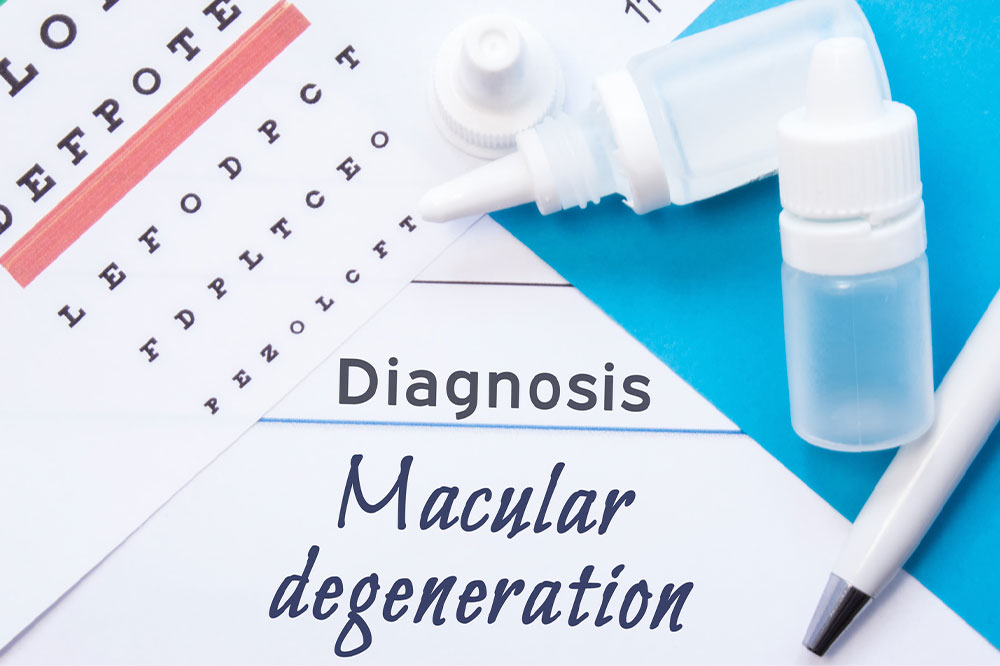9 things Medicare does not cover

Medicare is a federal health insurance program for those aged 65 and above. Here, traditional Medicare (Parts A and B) are doled out based on a fee-for-service arrangement. Part A covers inpatient/hospital coverage, while Part B covers outpatient/medical coverage; however, a deductible and copay may be required for both. Before signing up for health insurance, one must consider their medical needs, as the following services are excluded from traditional Medicare coverage:
1. Custodial care
Custodial or long-term care facilities are meant for those with a chronic illness or disability. While they may not require constant medical attention, they may need help with daily activities such as walking, getting in and out of bed, dressing up, eating, using the toilet, cooking their food, and more. However, Medicare, Medigap, and most other insurance plans do not cover these costs. So, those looking for long-term care coverage must explore suitable Medicare Advantage plans. Some people may also be eligible for custodial care under Medicaid.
2. Overseas healthcare
Medicare plans also do not cover most healthcare services or products availed outside the country. Under this rule, the jurisdictions recognized for Part A and Part B services include all 50 states, the District of Columbia, the Commonwealth of Puerto Rico, the U.S. Virgin Islands, Guam, the Commonwealth of Northern Mariana Islands, American Samoa, and territorial waters touching U.S. land (for services onboard a ship).
When traveling abroad, it is advisable to invest in a travel medical insurance plan to cover any emergency medical costs incurred on the trip. These insurance plans can cover reasonable and customary charges for ambulance services, doctor’s bills, hospital and operating room charges, X-rays, examinations, treatments, and lab tests. One should conduct thorough research before investing in a travel medical insurance plan.
3. Personal comfort items and services
Medicare Parts A and B also do not cover the cost of personal comfort items and services such as radios, TVs, phones, air conditioners, and beauty and barber services. This is because these products and services do not directly promote healing in case of an accident, injury, or illness. However, certain exceptions exist for beauty and barber services such as shaves, haircuts, shampoos, and simple hair sets. These services may be covered under Medicare Part A if the patient can’t perform them on their own. They may also be covered when considered to be ordinary resident care and covered costs under Part A when provided by a long-stay institution, included in the flat rate charge, or routinely provided without a patient charge.
4. Routine services and supplies
Several routine services are not covered under Medicare insurance plans. These include :
– Routine or annual physical checkups (with exceptions)
– Physical exams performed without any signs, symptoms, or complaints (such as exams for third parties like insurance companies, businesses, or government agencies)
– Eye exams for prescription glasses
– Eye refractions
– Eyeglasses or contact lenses
– Hearing aids and hearing exams
– Chiropractic services
However, there are several exceptions in each category. So, one should read all policy documents carefully when signing up for health insurance plans.
5. Cosmetic surgery
Any procedures carried out to improve the person’s appearance (and related costs) are also not covered under Medicare plans. Nevertheless, if medically feasible, accidental injury repair or improvement of the functioning of a malformed body part could be covered. These services include treating severe burns, repairing the face after a serious auto accident, or surgery for certain therapeutic purposes.
6. Dental services
Medicare plans also do not cover the cost of care, treatment, filling, removal, or replacement of teeth or structures supporting the teeth. Exceptions to this include:
– X-rays taken for treating a fractured jaw or facial bone
– Tooth extraction to prepare the jaw for radiation treatments
– Inpatient oral or dental exams performed before renal transplant surgery
– Any services performed as an integral part of a covered treatment or procedure
7. Foot care services and supportive device
Foot care services and products such as flat foot treatment, orthopedic shoes, supportive foot devices, and routine care (cutting or removing corns and calluses, trimming, cutting, clipping, or debriding nails, or other hygienic and preventative foot care) are not included in Medicare plans. Exceptions could be
– Orthopedic shoes necessary for a leg brace
– Therapeutic shoes provided to those with diabetes, foot warts, and mycotic nails
– Certain services required as a result of other covered systemic diseases such as diabetes, carcinoma, multiple sclerosis, or more
8. Medically unreasonable and unnecessary services and supplies
Services and supplies deemed medically unnecessary are not covered under Medicare plans. These may include:
– Hospital-provided services that could have been provided in a lower-cost setting (such as at home or in a nursing home)
– Services exceeding Medicare length of stay limits
– Excessive therapy or diagnostic procedures
– Unrelated tests, exams, or therapies (even when the patient has no symptoms or diagnoses)
Exceptions may be made in the case of Medicare Preventive Services, Transitional Care Management, Chronic Care Management, and Advance Care Planning. For more information regarding the same, one can check the Medicare Claims Processing Manual available at the Centers for Medicare & Medicaid Services website.
9. Certain non-physician services
The cost of services that are not directly provided within the arrangement by the hospital or skilled nursing facility (SNF) is not covered under the original Medicare plans. However, these plans have room for exceptions, such as:
– Physician assistant services
– Nurse practitioner services
– Clinical nurse specialist services
– Certified nurse-midwife services
– Qualified clinical psychologist services
– Certified registered nurse anesthetist services
However, home dialysis supplies and equipment, ambulance transportation related to dialysis, hospice care (for terminally ill patients), radioisotope services, certain customized prosthetic services, and some chemotherapy and related services may be covered when provided by an authorized dealer or provider.
Understanding Medicare coverage can help one prepare and make arrangements for all expenses that are not covered under Medicare. Signing up for Medigap and Medicare Advantage plans may help cover the cost of some of these services and help save money over time.






